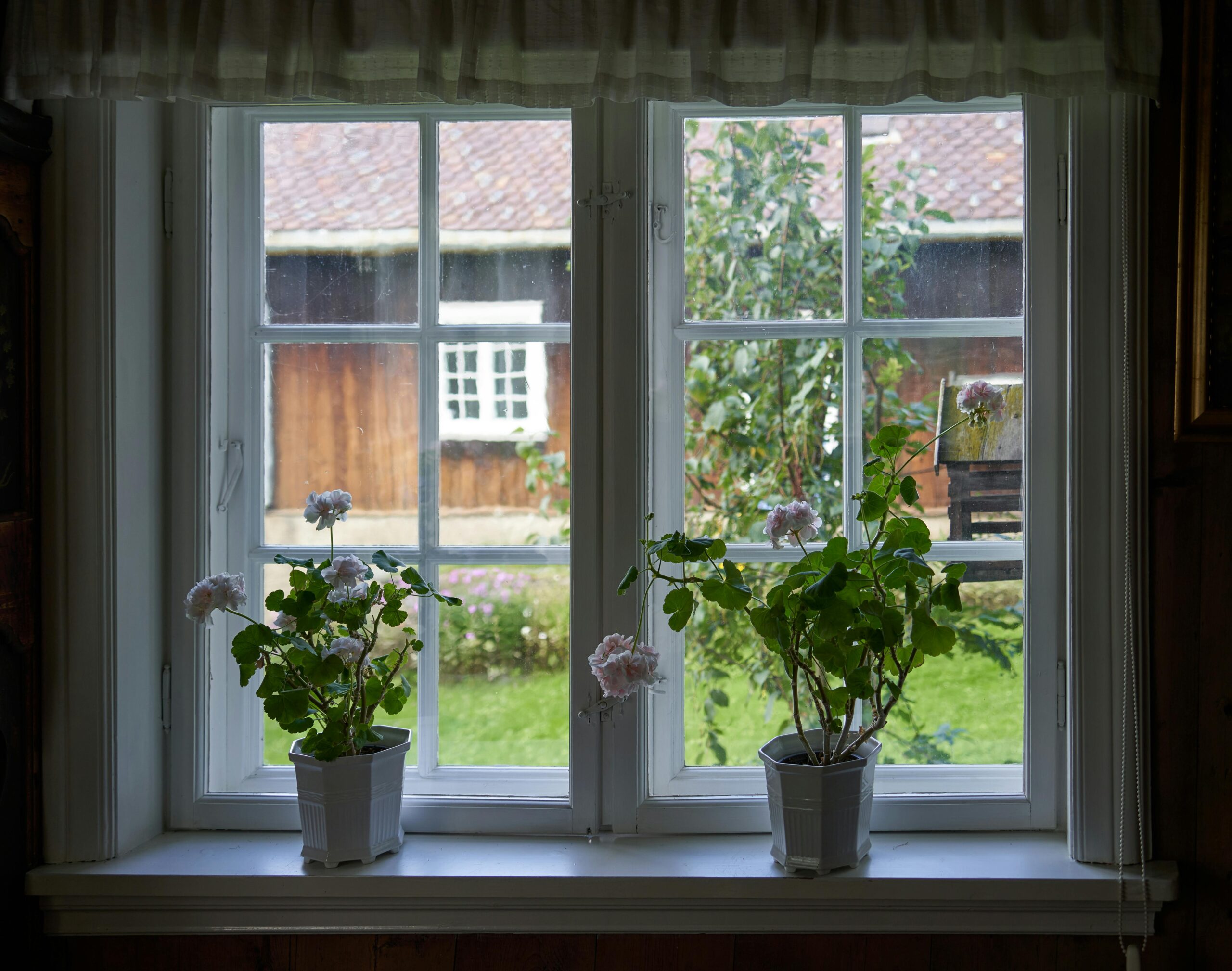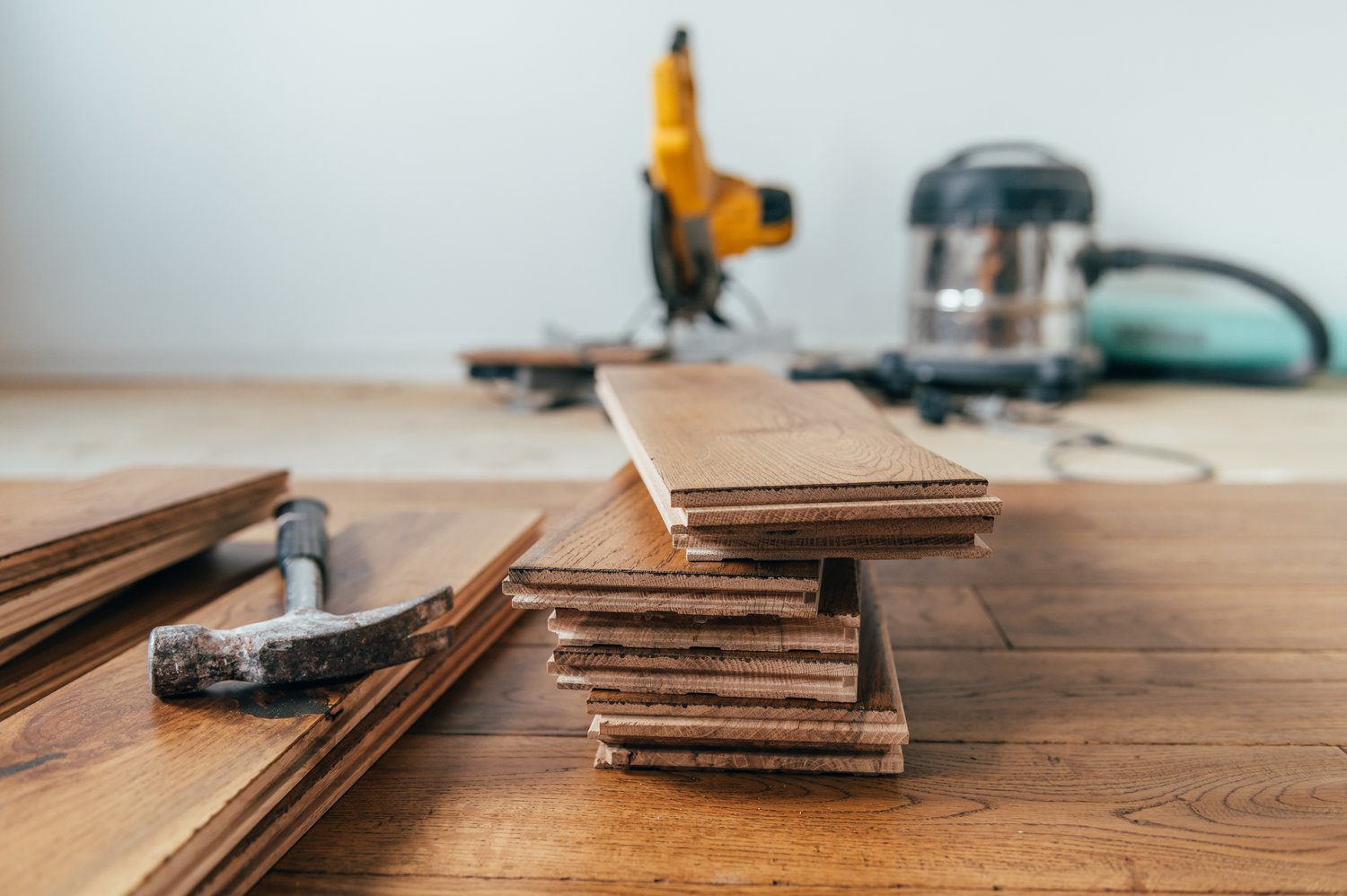Hydroponic gardening offers an innovative way to grow plants without soil, using nutrient-rich water solutions instead. This method of soil-less growing at home has gained popularity among urban dwellers, year-round gardeners, and those with limited outdoor space. Whether you’re looking to cultivate fresh herbs for your kitchen, grow vegetables in the off-season, or experiment with flowering plants, hydroponics provides an efficient and often higher-yielding alternative to traditional gardening. This guide will walk you through the basics of setting up your own DIY hydroponic system, selecting suitable plants, and understanding the nutrients needed for successful growth.
Understanding Hydroponics Basics
Hydroponic gardening for beginners might seem complicated at first, but the concept is straightforward. Instead of soil, plants grow with their roots immersed in or exposed to nutrient-rich water. This method delivers nutrients directly to the plant roots, eliminating the need for extensive root systems to search for nourishment. Plants grown hydroponically often grow faster and produce higher yields than their soil-grown counterparts because they expend less energy developing roots and more on foliage and fruit production.
The principle behind hydroponics is that plants don’t actually need soil—they need the water, nutrients, and oxygen that soil traditionally provides. In a hydroponic system, you’re simply providing these elements more directly. This efficient delivery system means plants can grow up to 50% faster than in soil, while using up to 90% less water, making it a sustainable choice for environmentally conscious gardeners.
Types of DIY Hydroponic System Setup Options
For those new to soil-less growing at home, several simple systems work well for beginners. The Deep Water Culture (DWC) system involves suspending plants in a nutrient solution with an air pump providing oxygen to the roots. This is perhaps the easiest DIY hydroponic system setup, requiring minimal components and maintenance.
The Nutrient Film Technique (NFT) continuously flows a thin film of nutrient solution over the plant roots. This system requires a slight slope for gravity-fed water movement and works well for leafy greens and herbs. If you need help designing the perfect system for your space and plants, experts at AskHomey can provide guidance tailored to your specific needs.
Wick systems use a passive method where a wick draws nutrient solution up to the plant roots from a reservoir below. With no moving parts or electricity required, this is the most straightforward system for absolute beginners, though it’s best suited for smaller plants that don’t require large amounts of water.
Best Plants for Hydroponics
Not all plants thrive equally in hydroponic environments, so choosing the best plants for hydroponics is crucial for success. Leafy greens like lettuce, spinach, and kale adapt exceptionally well to hydroponic conditions. Their shallow root systems and quick growth cycles make them perfect candidates for beginners.
Herbs such as basil, mint, cilantro, and parsley also flourish in hydroponic systems. Having these culinary staples growing year-round in your kitchen can elevate your cooking while providing the satisfaction of harvesting what you’ve grown. For those feeling more adventurous, strawberries, cherry tomatoes, and peppers can produce impressive yields in the right hydroponic setup, though they typically require more light and careful nutrient management.
Essential Equipment and Materials
Starting a hydroponic garden doesn’t require expensive equipment. The basics include growing containers (food-grade plastic works well), a reservoir for nutrient solution, growing medium (like rockwool, clay pellets, or coconut coir), an air pump for oxygenation, and a set of nutrients specifically formulated for hydroponics.
Lighting is critical for indoor systems, with LED grow lights offering energy-efficient, long-lasting illumination that can be tailored to different growth stages. For outdoor setups, positioning your system to receive adequate natural light is essential, though supplemental lighting may still be beneficial depending on your climate and the seasons.
Hydroponic Nutrients Guide
Understanding and implementing a proper hydroponic nutrients guide is perhaps the most crucial aspect of successful soil-less growing. Unlike soil, which contains various minerals and beneficial microorganisms, hydroponic systems rely entirely on you to provide the necessary nutrients.
A complete hydroponic nutrient solution contains macronutrients (nitrogen, phosphorus, potassium, calcium, magnesium, and sulfur) and micronutrients (iron, manganese, zinc, copper, boron, and molybdenum). Pre-mixed nutrient solutions designed specifically for hydroponics take the guesswork out of this process for beginners.
Maintaining the proper pH level (typically between 5.5 and 6.5) is essential for nutrient absorption. Inexpensive pH testing kits allow you to monitor and adjust your nutrient solution regularly. Remember that different plants may have slightly different pH preferences, so research the specific needs of what you’re growing.
Maintenance and Troubleshooting
Regular maintenance of your hydroponic system includes checking nutrient levels and pH, topping up the water reservoir, and ensuring proper functioning of pumps and timers. Cleaning your system between growing cycles prevents algae buildup and potential disease transmission.
Common challenges include nutrient deficiencies (identified by yellowing leaves or stunted growth), algae growth (indicating too much light reaching the nutrient solution), and root rot (often caused by insufficient oxygenation). Early intervention is key to resolving these issues before they compromise your entire garden.
For more tips and to connect with reliable home service professionals, follow AskHomey on Facebook and Instagram.



